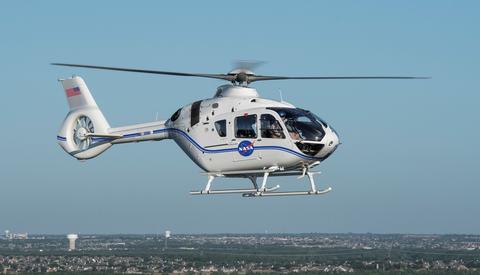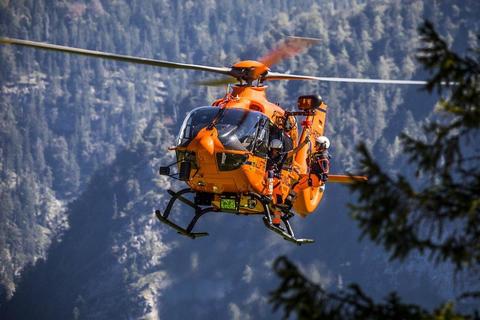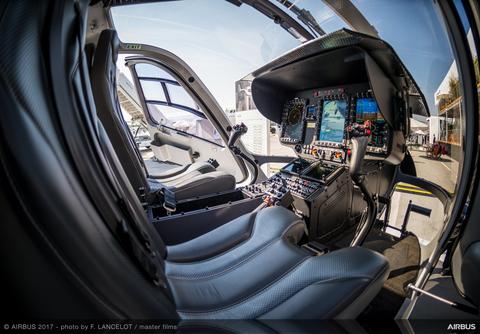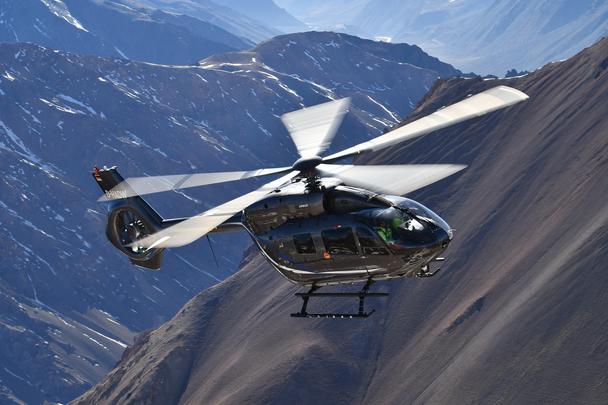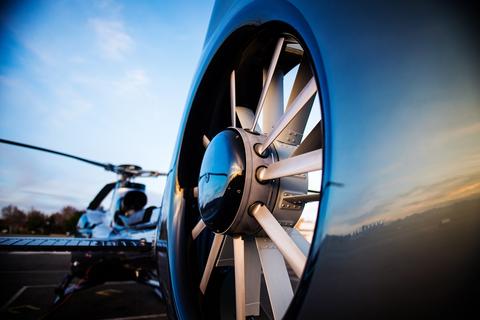Backed by experience and a long heritage, over 1,400 twin-engine H135s have been delivered and are in service in more than 60 countries. With over 300 operators, these versatile rotorcraft have flown 5.5 million hours (as of 2021).
Enhanced mission capability with alternate gross weight
The alternate gross weight for the H135 further increases the useful load by up to 120 kg (265 lb). With this evolution, operators will be able to carry one additional passenger, more equipment, more fuel, and also fly further, since the endurance has been extended by 40 minutes and its range by 75 NM.

6 Passengers

135 Kts

342NM

MTOW / AGW
An outstanding performer
Fitted with a bearingless main rotor, Airbus’ signature Fenestron® shrouded tail rotor, engine software modifications, and a new lateral air intake, the H135 provides additional payload and delivers best-in-class performance throughout its flight envelope.
Two full authority digital engine control (FADEC)-equipped engine options are available: Safran Helicopter Engines’ Arrius 2B2plus and Pratt & Whitney Canada’s 206B3. Both of these reliable turboshaft powerplants provide outstanding performance and vital power reserves – even in one engine inoperative (OEI) scenarios – along with low fuel consumption.
As one of Airbus’ most successful lightweight rotorcraft, the H135 is known for its endurance, compact build, low sound levels, reliability, versatility, and cost-competitiveness. The H135 comes with the lowest operating and maintenance costs within the twin-engine category. It also can perform varied missions, and can land almost anywhere, particularly in high and hot conditions, while carrying more payload over longer distances than other helicopters in its category.
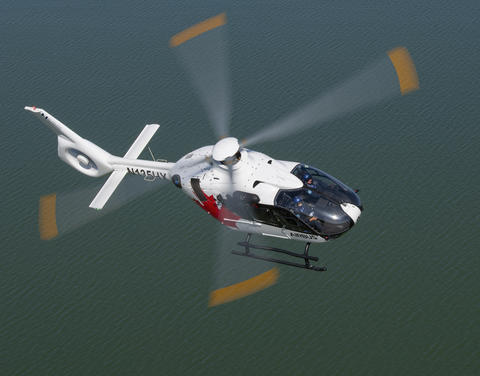
The most safety and discretion in its class
The H135’s state-of-the-art cockpit with its new 4-axis autopilot provides the highest-possible safety levels. The Helionix® avionics system designed by Airbus offers operators undisputed superiority for in-flight envelope protection, pilot assistance and situational awareness – resulting in unprecedented flight safety levels. The new Helionix® also is available on the H145, H175, and H160.
Further contributing to operational safety are the rotorcraft’s high-set main rotor and the Fenestron® shrouded tail rotor. They provide enhanced safety margins to the pilot and improved performance even in one engine inoperative scenarios.
As one of the quietest twin-engine helicopters, the H135’s sound footprint is markedly lower than that of other rotorcraft in the same category. This matters most to customers who regularly operate in, or over, cities and in densely populated areas – such as corporate transport, emergency medical services and law enforcement.
The H135 is authorized to fly in the United States’ Grand Canyon, which has one of the country’s most stringent noise limitations.
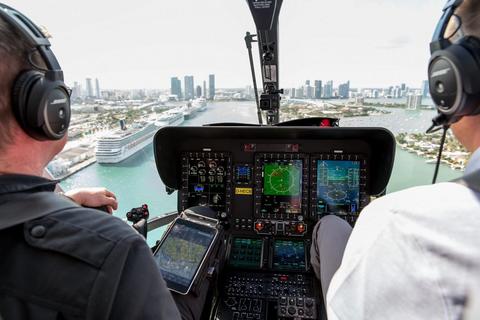
Ready to fly
The H135’s simple design makes maintenance fast and easy, ensuring reliable dispatch, less down time and lower operating costs.
The H135 is the benchmark for maintenance costs, thanks to its long inspection intervals, intermediate inspection at 500 flight hours, and periodic inspections every 1,000 hours or three years.
With the lowest direct operating costs of any twin-engine rotorcraft, the H135 is the most attractive helicopter to operate in its class.
● For more information on maintenance and other services, visit the HCare Services section.
The H135 accommodates a night vision imaging system (NVIS), and can be fitted with a night vision goggle (NVG)-friendly cockpit, cabin layouts and exterior lighting.
Its high level of availability and easy maintenance assists the H135 in such autonomous operations as helicopter emergency medical services (HEMS), where a technician may not be located on base or stationed nearby
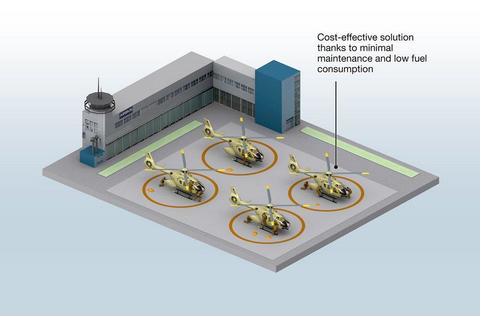
Featured H135
Explore more
